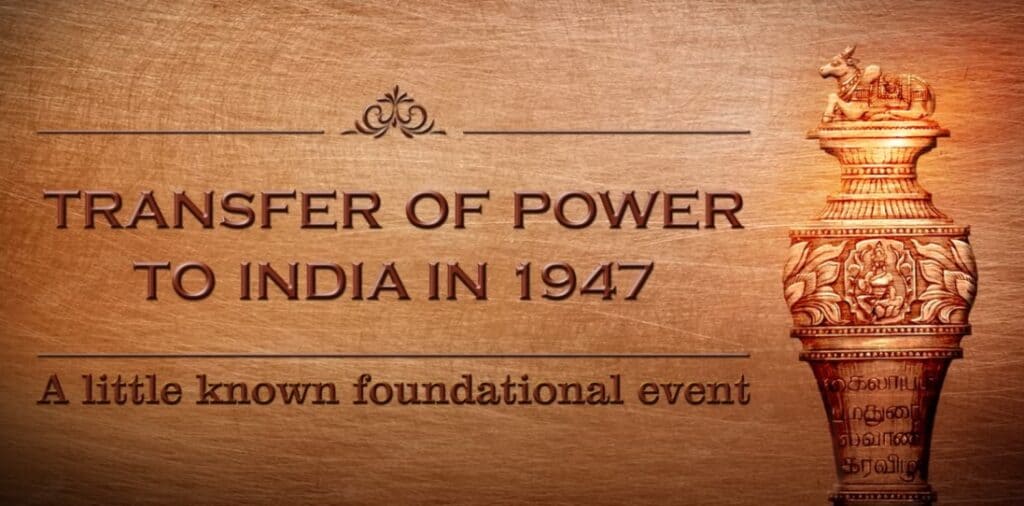An in-depth investigation into the sengol, initiated by a letter written by renowned dancer Padma Subrajmanam to the Office of the Prime Minister, has resulted in a remarkable discovery. This discovery will be celebrated on May 28th, when the newly-inaugurated Parliament building will be inaugurated, and will include the installation of the gold sceptre.
The origin of this inquiry can be traced to an article published in the Tamil journal Thuglok, cited by Dr Subrahmanam in her letter. The article details a historic event that occurred in 1947, when the sengol was presented to the first Prime Minister of India, J.R. Nehru.
Recognizing the significance of this information, the esteemed dancer and researcher had urged the government to make it public on Independence Day of that year.
With this impetus, the Ministry of Culture embarked on a fresh examination of this historical event, enlisting the assistance of experts from the Indira Gandhi National Centre for Arts (IGNCA). A dedicated team delved into archival records, scrutinized reports, and pored over diverse sources of information.

The research quickly revealed that the Sengol ceremony occurred mere moments before Nehru raised the national flag and delivered his iconic “Tryst with Destiny” speech at midnight on August 15, 1947. Until now, this precious artifact had been housed at his Prayagraj residence-turned-museum.
During their investigation, the team unearthed extensive coverage of the Sengol ceremony in Indian and foreign media of the time, including a mention in Time magazine accompanied by photographs.
However, due to the urgency of the post-partition era and the prevailing violence, the ceremony was hastily arranged and remained unrecorded, as it lacked legal or formal significance. Consequently, this sacred event, along with the vesting of the Sengol, seemed to have faded from the collective institutional memory of the Indian state.
In 2017, reports resurfaced in the Tamil media, highlighting the Government of India’s adoption of the sacred Sengol-vesting tradition of the Chola kings of Tamil Nadu in the transfer of power from the British to Indians.
According to these accounts, moments before Prime Minister Nehru addressed the nation, he received the Sengol adorned with a Nandi (bull deity) finial. The handover was accompanied by the melodious recitation of Thevaram, a sacred Tamil text symbolizing divine blessings and the mandate to govern with justice and fairness.

The researchers embarked on an extensive exploration of various repositories, including the National Archives of India, contemporary newspapers, books, and online sources. Their efforts bore fruit as they uncovered crucial details about the Sengol.
It was revealed that the golden sceptre, crafted by the esteemed jewellers and diamond merchants Vummidi Bangaru Chetti and Sons of Chennai, was studded with jewels and valued at Rs 15,000 at the time.
While the eldest member of the Vummidi Bangaru Chetty family, who was involved in creating the Sengol, is now over 95 years old and unable to recall specific details, a photograph of the momentous event is cherished within their household, according to sources.
On May 28, during the inauguration of the new Parliament building, Prime Minister Narendra Modi will install this historic emblem of authority near the chair of the Lok Sabha Speaker. This symbolic gesture will not only commemorate the legacy of the Sengol but also highlight its significance in India’s journey towards independence and self-governance.
Sengol’: Witness the Eternal Symbol of Power Transfer to India in 1947
